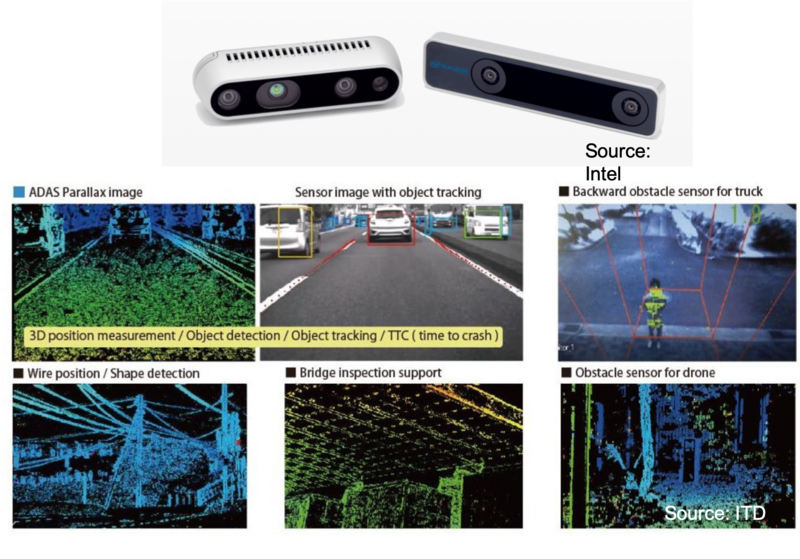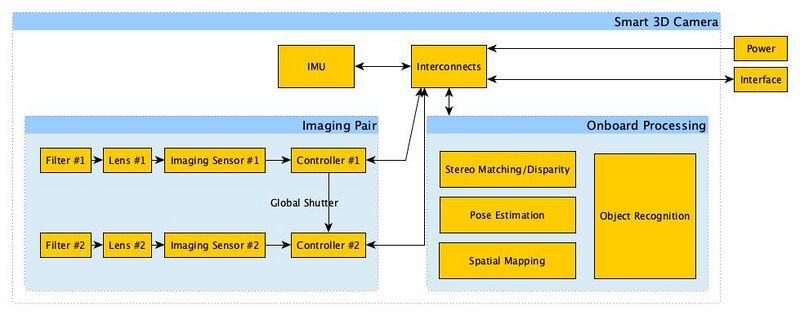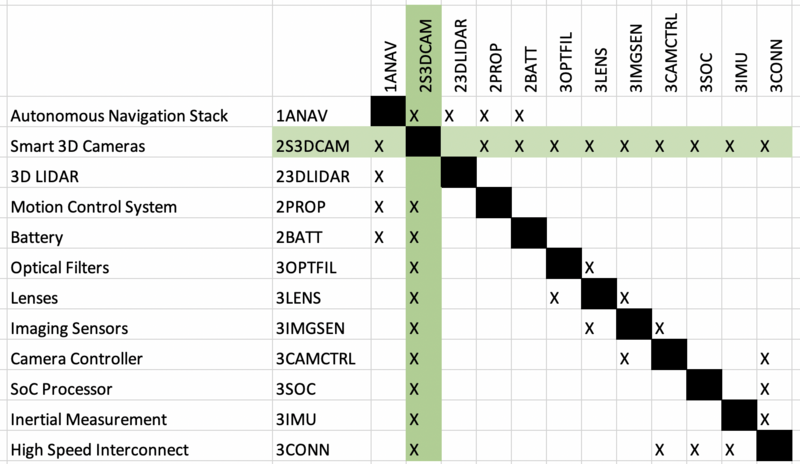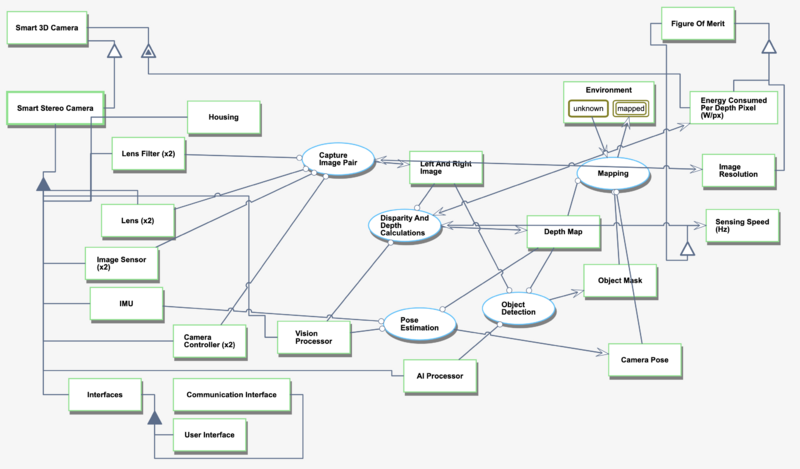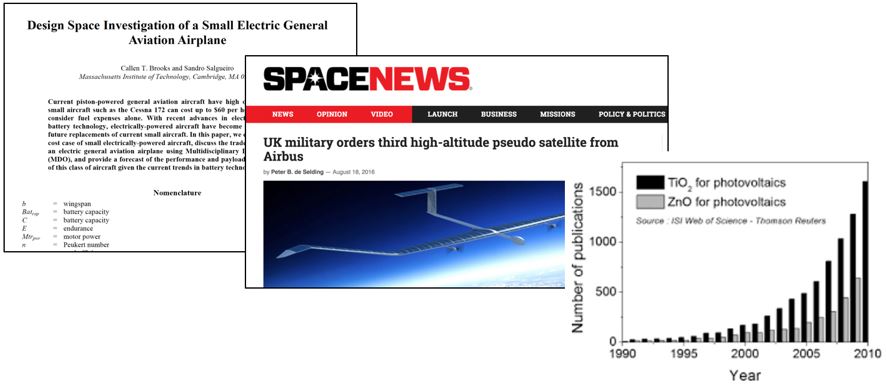Difference between revisions of "Smart 3D Cameras"
| Line 84: | Line 84: | ||
==Technology Strategy Statement== | ==Technology Strategy Statement== | ||
Assignment 4 or 5 | |||
Revision as of 19:38, 5 November 2019
Work in Progress
Technology Roadmap Sections and Deliverables
The Smart 3D Camera roadmap is a level 2 roadmap as it enables the level 1 roadmaps for autonomous navigation of robots, drones and cars.
- 2S3DC - Smart 3D Camera
Roadmap Overview
Smart 3D Cameras use a pair of identical optical imaging sensors and IR projectors (in certain use-cases) to capture stereo images of the environment. These images are then processed to calculate the disparity and then extract depth information for all pixels. In addition to the depth map, the scene is segmented to extract objects of interest and to identify them using training neural nets. Note that this roadmap will focus on passive stereo vision cameras that DO NOT use structured light.
Design Structure Matrix (DSM) Allocation
The 2S3DCAM roadmap is part of the larger company effort to develop an autonomous navigation stack as it enables 1ANAV.
The following tree can be discerned: 1ANAV
- 2S3DCAM
- 3OPTFIL
Roadmap Model using OPM
Figures of Merit
| Figure of Merit | Units | Description |
|---|---|---|
| Million Disparity Estimations Per Second (MDE/s) (10^6) | - | Comparison metric defined as:
MDE/s = Image resolution * disparities * sensing speed |
| Power Consumption | Watts (W) | Power consumed by the entire stereo camera and image processing pipeline to produce a depth map |
| Image resolution | Pixel (px) | Number of pixels in the captured image |
| Range (m) | m | The maximum sensing distance |
| Accuracy (m) | m | The measuring confidence in the depth data point |
| Sensing Speed (fps or Hz) | fps or Hz | The scanning frame rate of the entire system |
| Depth Pixels (px) | px | The number of data points in the generated depth map |
| Cost ($) | $ | The commercial price for a customer, at volume |
| Energy Consumed per Depth Pixel, E_dpx | W/px | The total power consumed by the sensing and processing pipeline divided by the number of depth pixels |
Alignment with Company Strategic Drivers
| # | Strategic Driver | Alignment and Targets |
|---|---|---|
| 1 | To develop a compact, high performance and low-power smart 3D camera that can detect objects in both indoors and outdoor environments | The 2S3DCAM roadmap will target the development of a passive stereo camera with onboard computing that has a sensing range of >20m, sensing speed of >30fps at an energy cost lower than 1mW/px in a 15cm x 5cm x 5cm footprint. |
| 2 | To enable autonomous classification and identification of relevant objects in the scene | The 2S3DCAM roadmap will enable the capability for AI neural nets to run onboard the camera to perform image classification and recognition actions. |
Positioning of Company vs. Competition
Technical Model
IN PROGRESS
Financial Model
Assignment 4
List of R&T Projects and Prototypes
Assignment 4
Key Publications, Presentations and Patents
A good technology roadmap should contain a comprehensive list of publications, presentations and key patents as shown in Figure 8-19. This includes literature trends, papers published at key conferences and in the trade literature and trade press.
Technology Strategy Statement
Assignment 4 or 5
